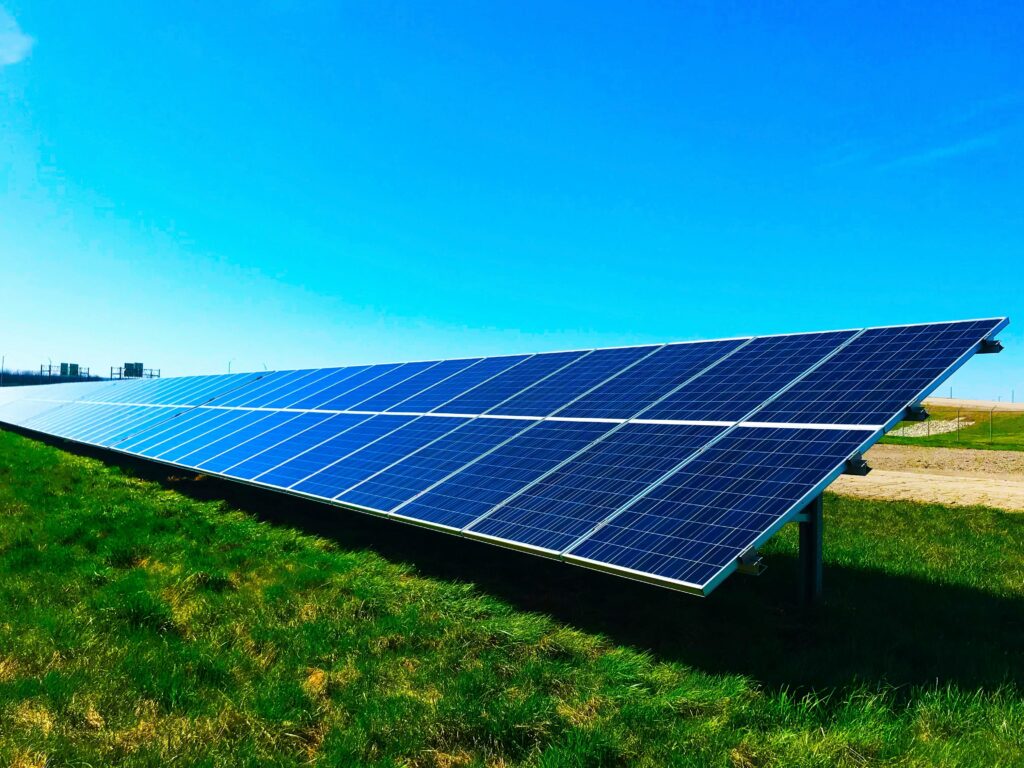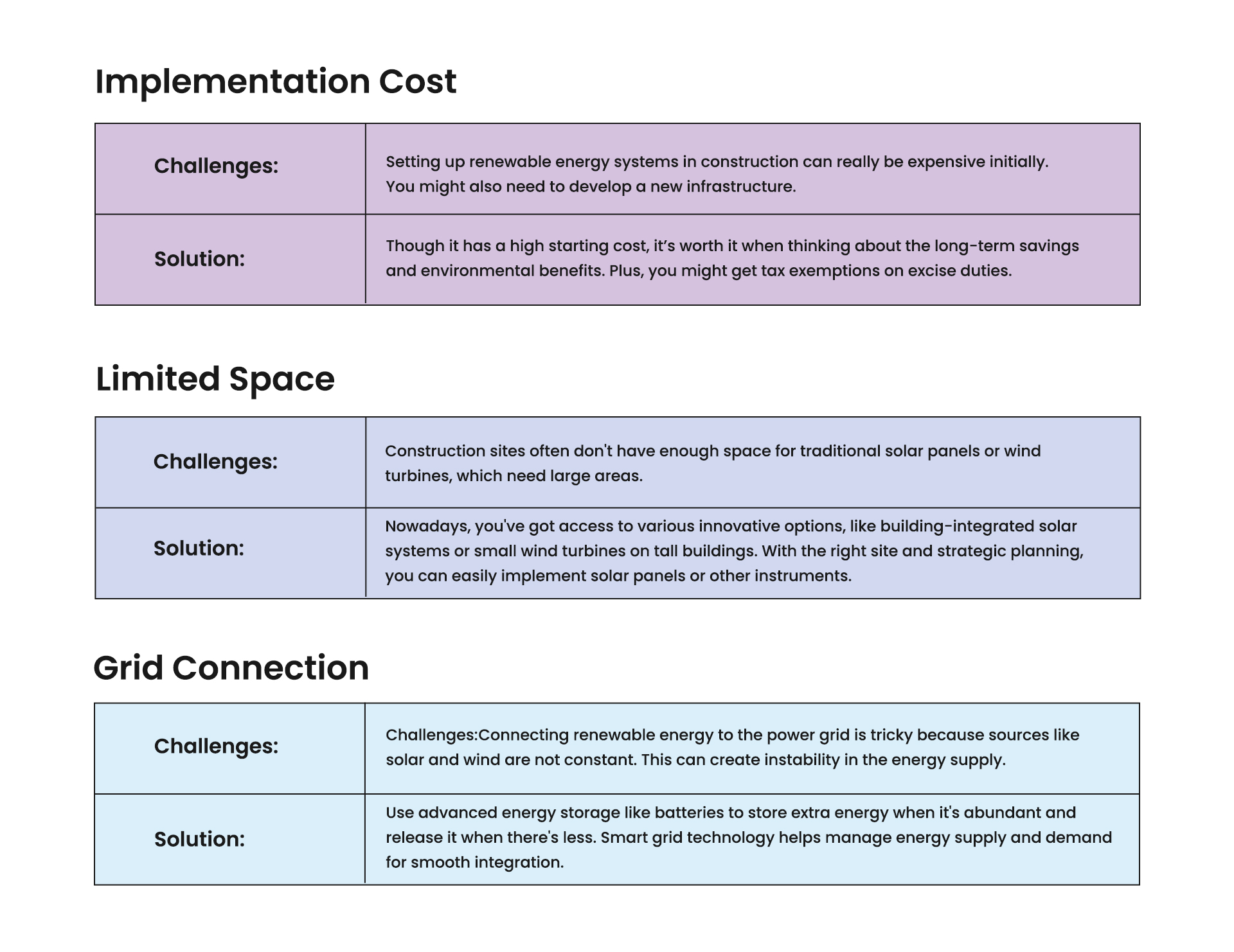 We live in a world where we need electricity for almost every chore. Be it charging our phone, working on our PC, or controlling our room temperature, But the source of electricity is non-renewable energy that’ll one day run out. For constant power supply, we need to tap into advanced technology that draws energy from renewable sources. Every industry is trying to come up with ways to utilise renewable energy sources, and the architecture sector is no exception.
Green architecture is based on the idea of designing buildings to lessen their impact on the environment and boost sustainability. By utilising renewable energy sources like solar, wind, or biomass, these smart buildings can cut down on using fossil fuels and bring down their greenhouse gas emissions. But, is it really effective and worth investing in?
We live in a world where we need electricity for almost every chore. Be it charging our phone, working on our PC, or controlling our room temperature, But the source of electricity is non-renewable energy that’ll one day run out. For constant power supply, we need to tap into advanced technology that draws energy from renewable sources. Every industry is trying to come up with ways to utilise renewable energy sources, and the architecture sector is no exception.
Green architecture is based on the idea of designing buildings to lessen their impact on the environment and boost sustainability. By utilising renewable energy sources like solar, wind, or biomass, these smart buildings can cut down on using fossil fuels and bring down their greenhouse gas emissions. But, is it really effective and worth investing in?
 Pros and Cons of Using Green Energy in Construction
Let’s take a look at the pros and cons of using green energy in the construction and architecture sectors.
Pros and Cons of Using Green Energy in Construction
Let’s take a look at the pros and cons of using green energy in the construction and architecture sectors.
 HIDECOR’s Prospective
The amount of energy required for buildings is vast, especially in the commercial sector. Be it the offices, hospitals, or health sector, power supply is constantly needed for cooling, heating, ventilation, and lighting. Utilising renewable energy sources is difficult as it is, but most of the time, employees are not aware of it and waste energy.
At HIDECOR, we believe it’s high time to take the right action. Coming up with new strategies to utilise renewable energy gives us access to unlimited energy sources to cater to our everyday needs. As an architecture and interior design firm, it’s our responsibility to help organisations understand why they need to switch to green buildings. Though they’re costly, the revolution in the renewable energy sector is tremendous, and it’ll be more so in the future.
HIDECOR’s Prospective
The amount of energy required for buildings is vast, especially in the commercial sector. Be it the offices, hospitals, or health sector, power supply is constantly needed for cooling, heating, ventilation, and lighting. Utilising renewable energy sources is difficult as it is, but most of the time, employees are not aware of it and waste energy.
At HIDECOR, we believe it’s high time to take the right action. Coming up with new strategies to utilise renewable energy gives us access to unlimited energy sources to cater to our everyday needs. As an architecture and interior design firm, it’s our responsibility to help organisations understand why they need to switch to green buildings. Though they’re costly, the revolution in the renewable energy sector is tremendous, and it’ll be more so in the future. 
